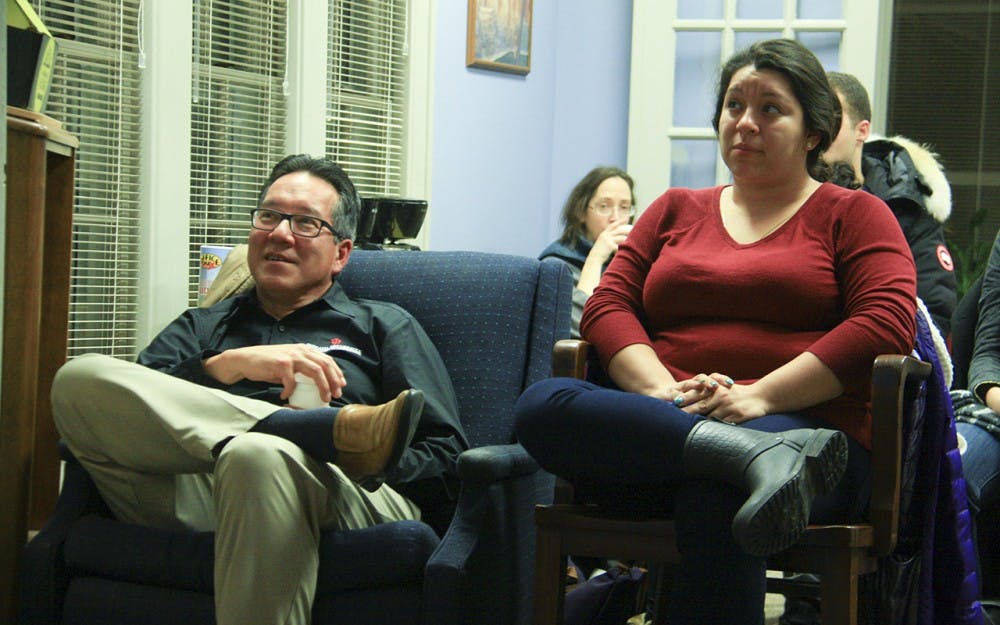Set up in the front corner of the La Casa Latino Cultural Center, Aaron G. Fountain Jr. presented information on Latino urban riots to a small crowd.
Fountain is a Ph.D. candidate in the Department of History at IU. He created an interactive map with data he collected on the history of Latino urban riots. The map provides users with newspaper clippings, photographs and information about riots from 1966 to the present.
“I used the term ‘riot’ because ‘riot’ indicated anarchy and chaos,” Fountain said at the beginning of his presentation.
Fountain said he created the map because he wanted to find the historical context for Latino urban riots. He said the context is necessary because many people deny the existence of any even though he believes differently.
He said he found 114 incidents, most in Puerto Rican communities. The project took several months to compile and complete.
The first event that Fountain cited in his presentation was the 1966 Division Street Riots that took place in Chicago. According to Fountain’s presentation the riots were a surprise to many.
“Chicago treated Puerto Ricans as model minorities,” Fountain said.
This notion of being a model minority was persistent across the United States and caused a lot of unrest among Puerto Rican communities, he said.
After many Puerto Rican riots the perceptions surrounding them as a minority have changed, he said. Prior to the riots in the 1970’s, Puerto Ricans were considered a model minority, whereas after they were seen as being no different from African-Americans at the time, Fountain said.
“What you see throughout these riots are feelings of invisibility,” Fountain said in his presentation.
As for the possibilities of riots occurring again Fountain said there have been seven near riots in the United States in the last 10 years. He said there are still areas, like Philadelphia, that are possible places of further unrest due to high rates of poverty.
In the question-and-answer section a student present in the audience asked a question regarding the future of Latino riots under Trump’s presidency.
“If they do happen, they will probably happen very infrequently, but not at the same rate as in the ’70s,” Fountain responded.
Graduate student Jasmin McCray sat in on Fountain’s presentation for a class and said she wanted to expand her base of knowledge on Latino history.
“It made me realize that we never really talk about Latino history in class,” McCray said. “I felt like he knew a lot of information, so it was really cool that he was able to remember all those dates and information.”
In a previous version of this story, Fountain was misquoted about his use of the word "riot." The IDS regrets this error.





